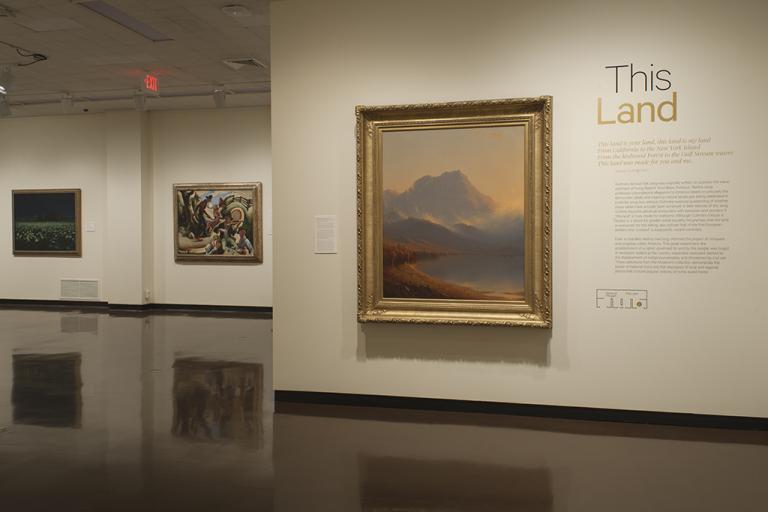pitcher, United States Pottery Company
Artwork Overview
United States Pottery Company, artist
active 1847–1858
pitcher,
1853–1858
Where object was made: Bennington, Vermont, United States
Material/technique: parian porcelain
Dimensions:
Object Height/Width (Height x Width): 22.8 x 16.3 cm
Object Height/Width (Height x Width): 9 x 6 7/16 in
Object Height/Width (Height x Width): 22.8 x 16.3 cm
Object Height/Width (Height x Width): 9 x 6 7/16 in
Credit line: William Bridges Thayer Memorial
Accession number: 1928.3463
Not on display
If you wish to reproduce this image, please submit an image request







